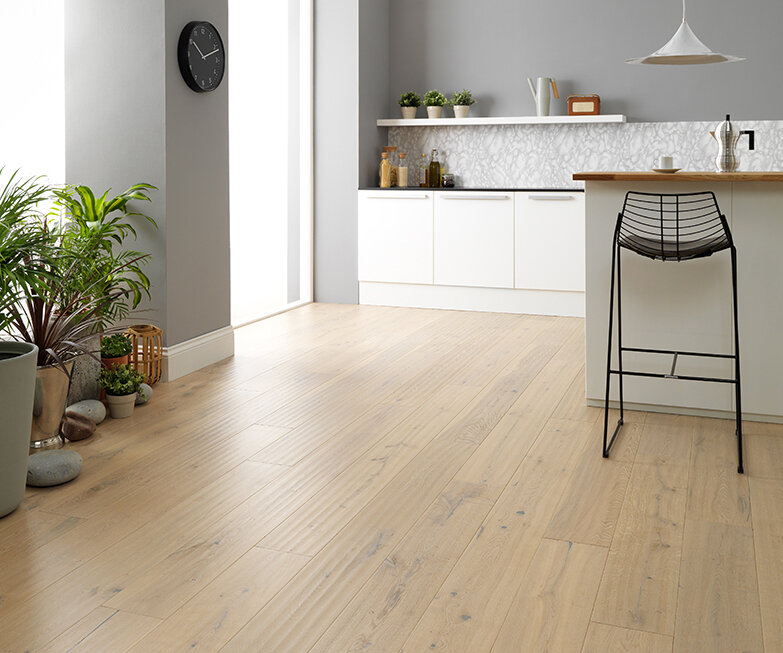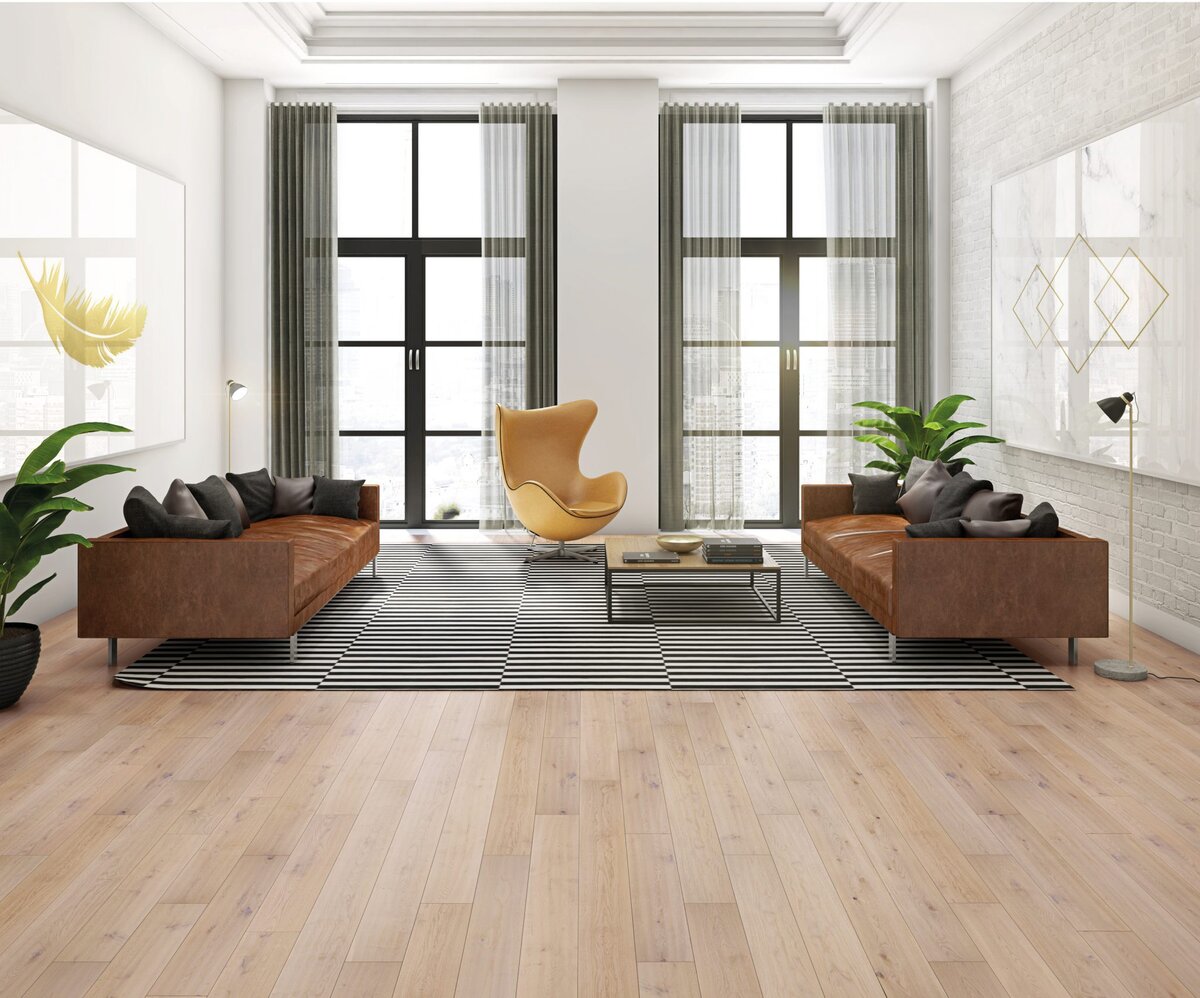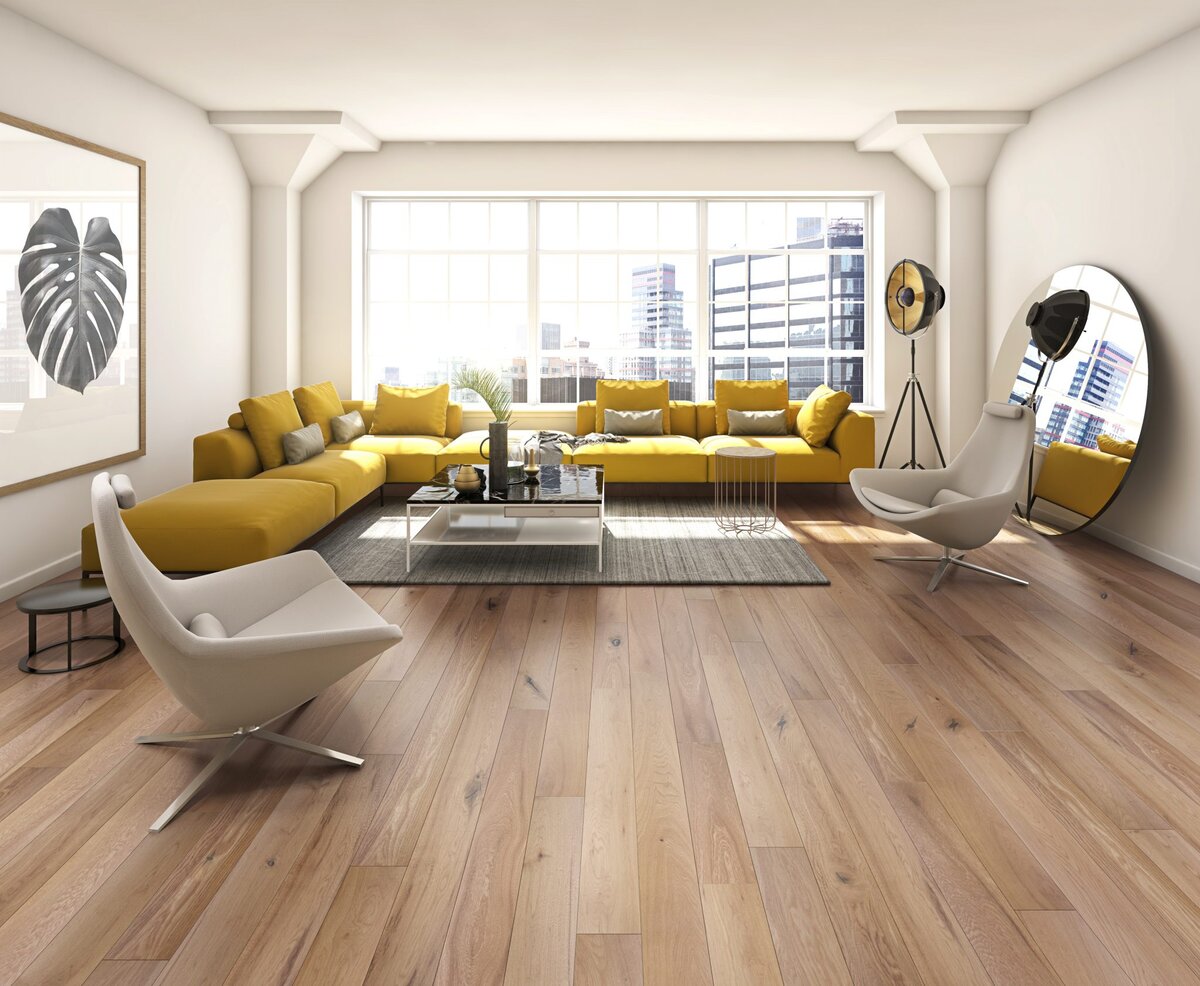
Health and wellbeing have driven interior design and décor thinking for a while now, but much of the focus has been on the workplace. That makes sense, as work is such a key cause of stress and ill health. As employers seek to improve staff retention and increase productivity, perhaps health and wellbeing at home is sometimes taken as a given, or put into the mix alongside affordability, sustainability and practicality.
But physical and mental health issues don’t switch off when we leave the office. As we spend about 47% of our time indoors, at home, its design and décor has a bigger impact on our lives than we think.
Opulent or cosy?
Careful use of space has a wide range of psychological and physical benefits. Eating together and sharing experiences enhances social wellbeing and a sense of inclusion. Open plan design can be a boon – multi-use areas for cooking, dining and entertainment really aid family cohesion, especially when well juxtaposed with quieter rooms for reading, relaxation and, obviously, sleep.
There’s more to it than just the floor plan. Well-organised storage space reduces stress. A built-in gym is nice, but simply having a place to store bicycles and other sporting equipment also facilitates a healthy lifestyle. High ceilings are often described as opulent and studies have shown that they promote creativity and social interaction, while lower ones benefit focused activities like studying, hobbies and work.

Too cold, or too hot?
Cold in the winter and heat in the summer are the biggest health factors in most homes. The World Health Organisation recommends temperatures between 18 and 24°C for healthy living. This affects a whole range of design decisions from the type of heating used to insulation and on to glazing. Something that is often overlooked is the ease-of-use of the heating control system. The stress caused by poor controls only heightens the effect of the cold.
Then there’s damp. Moisture generated by cooking, laundry, bathing and breathing increases bacteria, dust mites and mould, leading to respiratory infections and asthma. In British homes, there is a constant battle between retaining heat and providing adequate ventilation. Designs need to incorporate good ventilation in problem areas like kitchens and bathrooms, allow background ventilation throughout the home, and include some windows that open wide for occasional ‘purge ventilation’.
Rock n Roll ain’t noise pollution
Actually, it can be. Noise from neighbours is the main detriment to our acoustic comfort. Being kept awake at night affects your health, and conflict with neighbours leads to stress and depression. Soundproofing the floor, walls and ceiling can combat this, as can noise reducing curtains. Increasingly, room acoustics are used by interior designers to improve comfort and reduce stress. Can the design aid the clarity of hearing within the home, can it help make speech more intelligible? Both are known to improve social wellbeing.

Let nature in
Cold, moisture, noise – so much of the discussion is about keeping things out. However, one of the most effective ways of promoting health and wellbeing in the home is to let nature in.
Natural light is a biggy. It reduces anxiety and depression, improves sleep, and helps people recover from illnesses faster. Plus, the sun is a zero-carbon source of lighting. Often the advice is to fit wide windows high up and skylights to maximise natural light. However, don’t overlook the importance of a view. Being able to gaze into the distance is good for the mind and the eyesight. A useful home office tip is to have the desk facing a window.
Windows should also be used to allow fresh air into the house to improve air quality, reduce moisture and remove odours and impurities. Positioning windows on opposite sides of the home allows for cross-ventilation, which is the best way of renewing the air supply. Houseplants can also aid air purity.
All these aspects of wellbeing in the home can be underpinned by the use of natural colours and textures. Warmer hues are ideal where social interaction takes place, for a cosy and optimistic setting. Soft blues and greens have a calming effect and feel restful and relaxing. Natural stone and wood grain textures under foot create a physical and psychological connection to the outdoors that sets the mind at ease, and subliminally promotes a sense of belonging.

Nature-inspired floors
From blonde woods with a soft radiance through to rich rustic and deeper antique tones, Woodpecker offers a complete range of long-lasting hardwood flooring. Visit www.woodpeckerflooring.co.uk/professional to get free samples for your project.

